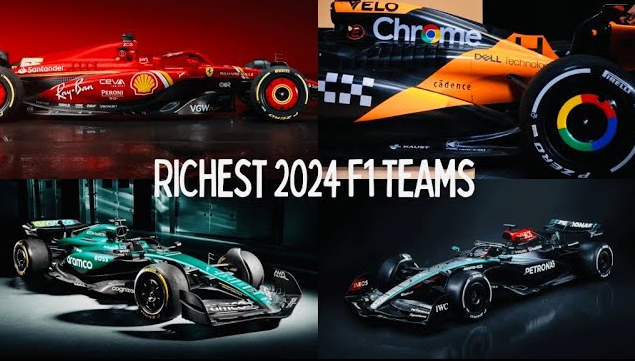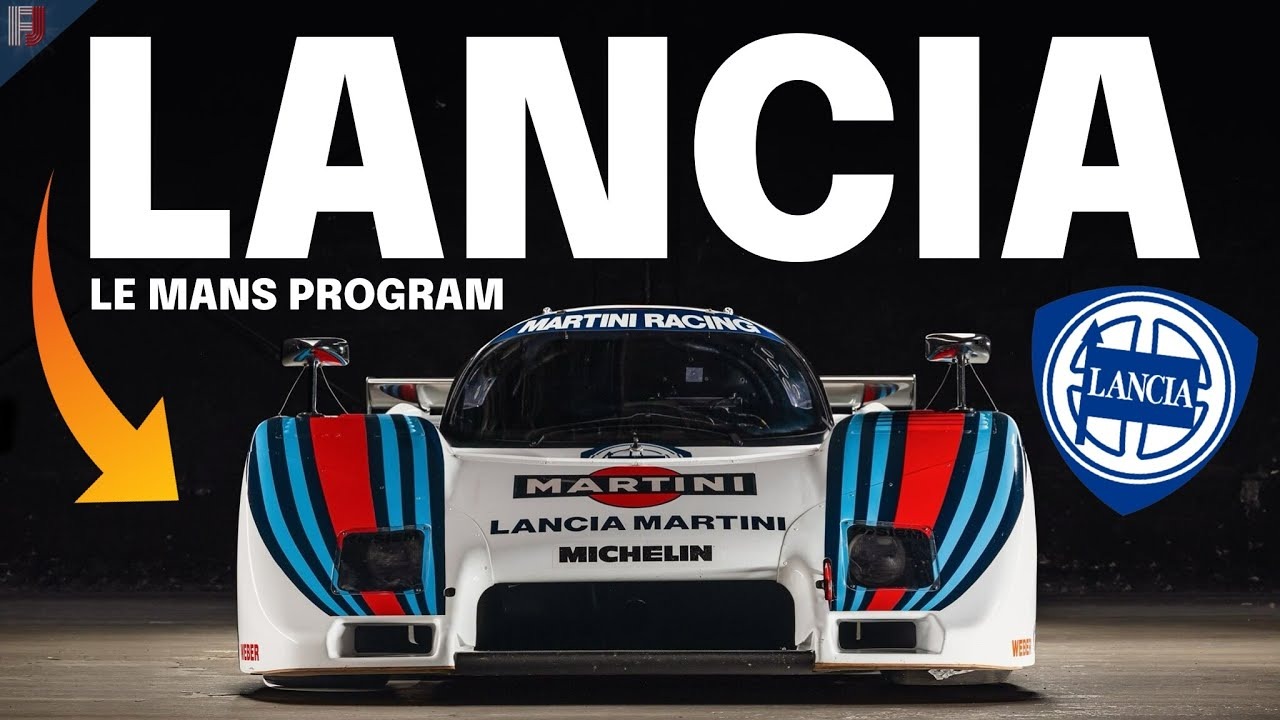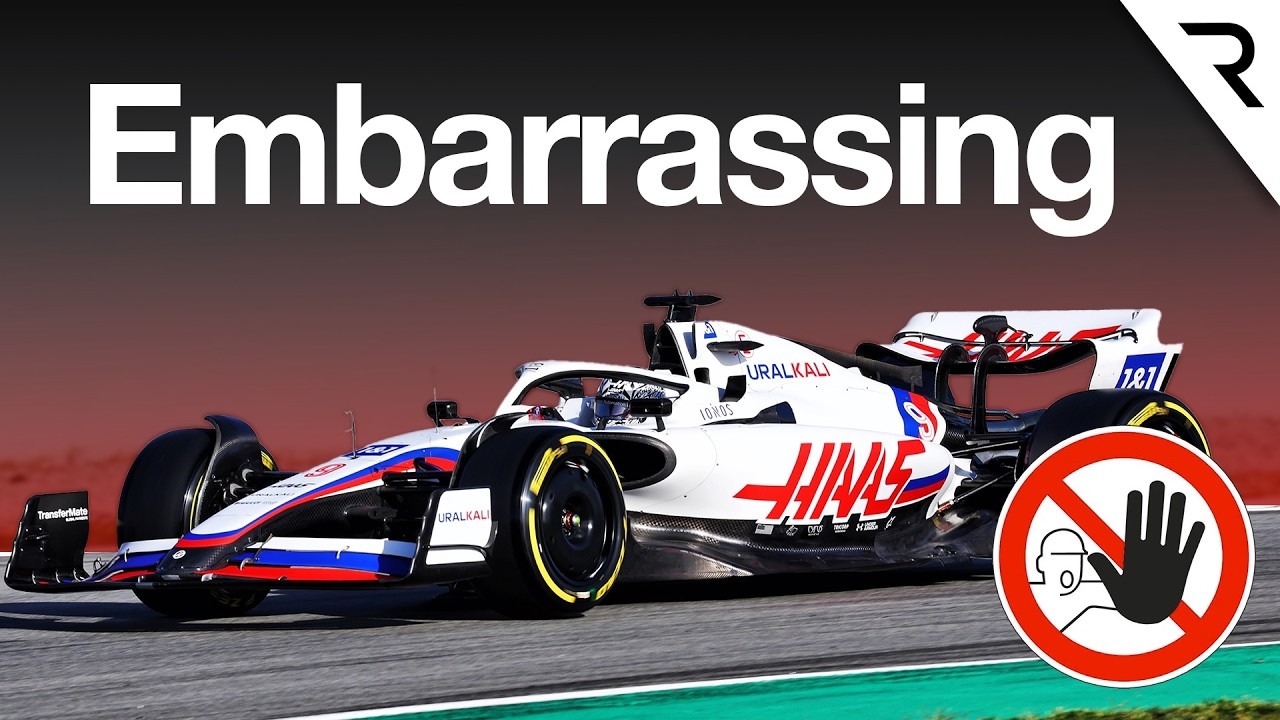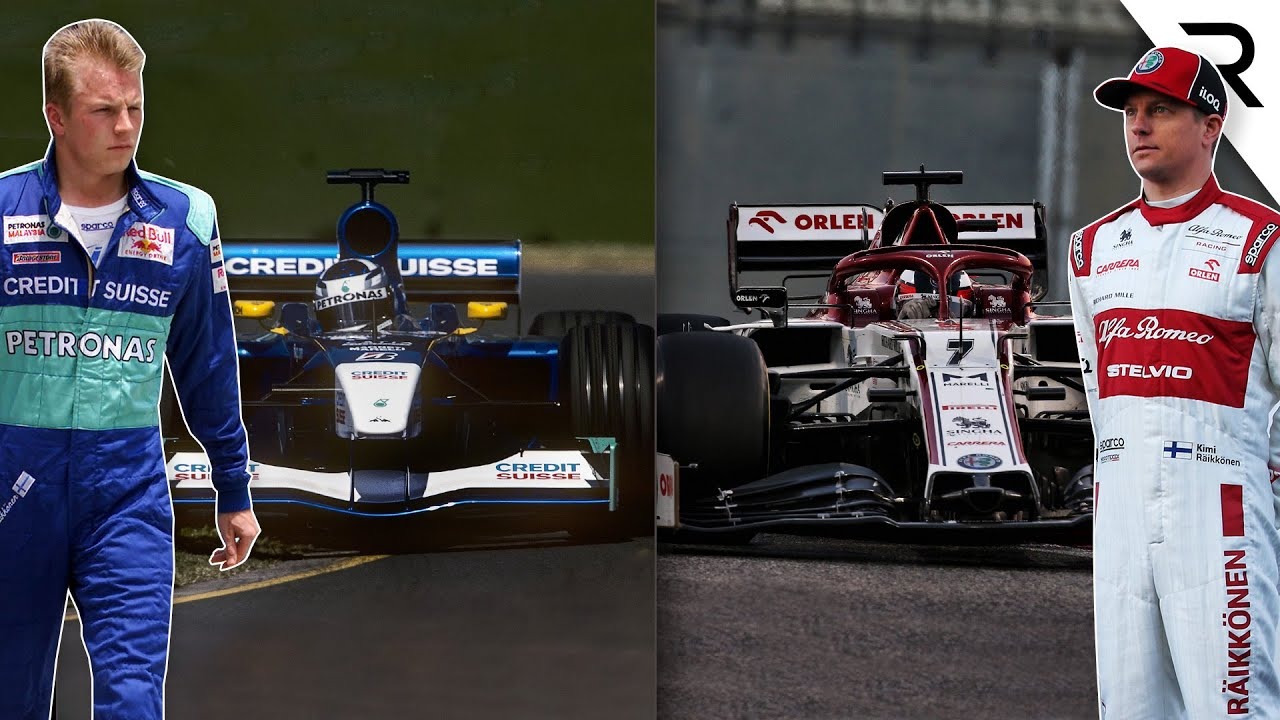The Mohs SafariKar can be characterized as a convertible dual-cowl phaeton featuring a retractable metal roof.

Automakers continuously strive to distinguish their designs from those of their rivals, aiming to shine amid the bustling streets. However, the Mohs SafariKar was an exceptionally unique vehicle, further elevating its distinction through a multitude of unconventional features.
In 1967, the Mohs Seaplane Corporation, based in Madison, Wisconsin, expanded its operations by establishing an automotive division. In 1972, the SafariKar (note: there is no spelling error here) made its debut.

The spelling of this incredibly peculiar vehicle is likely the least unconventional aspect of a car that boldly disregarded nearly all traditional principles of automobile construction. This vehicle was unquestionably off the charts, perhaps even as distant as Pluto.
Reportedly, it was conceived as a high-end off-road vehicle tailored for hunting expeditions. The Mohs SafariKar came equipped with all the essentials for navigating challenging African landscapes while ensuring the comfort of its occupants. Its primary purpose was to provide a secure vehicle option for hunting large game in Africa.

The body design was notably unconventional, to put it mildly. The SafariKar was crafted using aluminum, enveloped in polyurethane foam, and adorned with Naugahyde on its outer surface.
Mohs extended this distinctive treatment to the hood, trunk, fenders, and the entire body, resulting in a visual aesthetic that might have appealed uniquely to Elvis Presley.

The oversized front grille, reminiscent of Rolls-Royce style, served as an initial indicator of unconventional taste, and as one moved towards the rear, enormous sliding doors and a retractable roof added to the bewildering spectacle. The Mohs SafariKar featured highly unusual doors that glided in and out of the body along four linear rods.

Up front, the cabin boasts a unique setup with three side-by-side Solar Automotive Products Baja Bucket seats, ingeniously tweaked by Mohs to pivot and counteract centrifugal forces. What sets it apart even more is its capacity to accommodate up to eight passengers, with the rear seat cleverly transforming into a double bed. The cockpit is equipped with essentials like an AM/FM radio and a CB unit, and, notably, the SafariKar includes an air-conditioning system for added comfort.

International Harvester crafted the chassis according to Mohs’ specifications and provided the standard 304-cubic-inch V-8 engine, generating 193 horsepower. Optional engine choices included the 392-cubic-inch and 549-cubic-inch V-8s.

While its price tag of $14,500 might have discouraged potential customers, it’s probably the sheer eccentricity of the vehicle that truly deterred them from making a purchase.
A mere trio of these vehicles were ever produced. What transpired was that the “overpriced, overweight, overupholstered, and over-ugly” aesthetic failed to resonate with the public, leading Mohs to entirely withdraw from the automotive industry in 1975.










